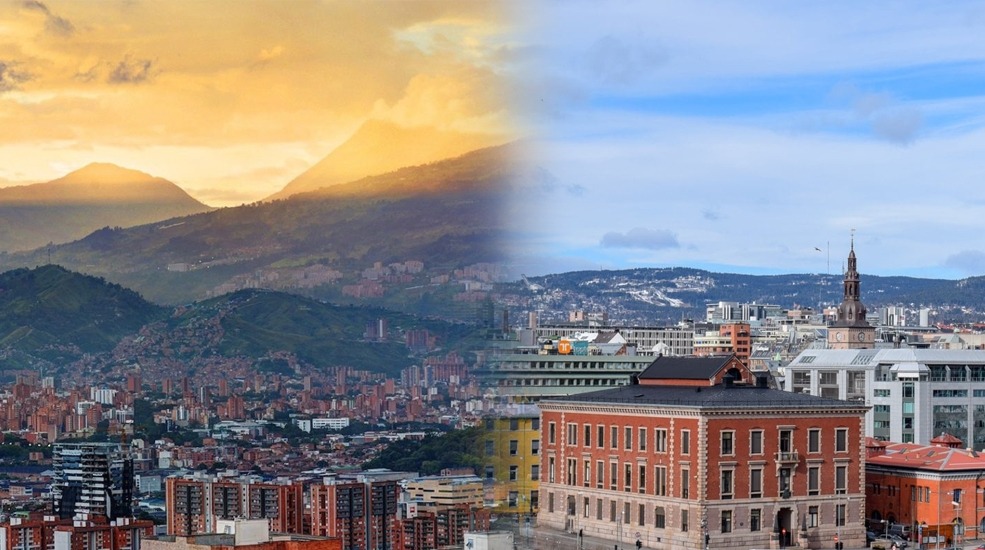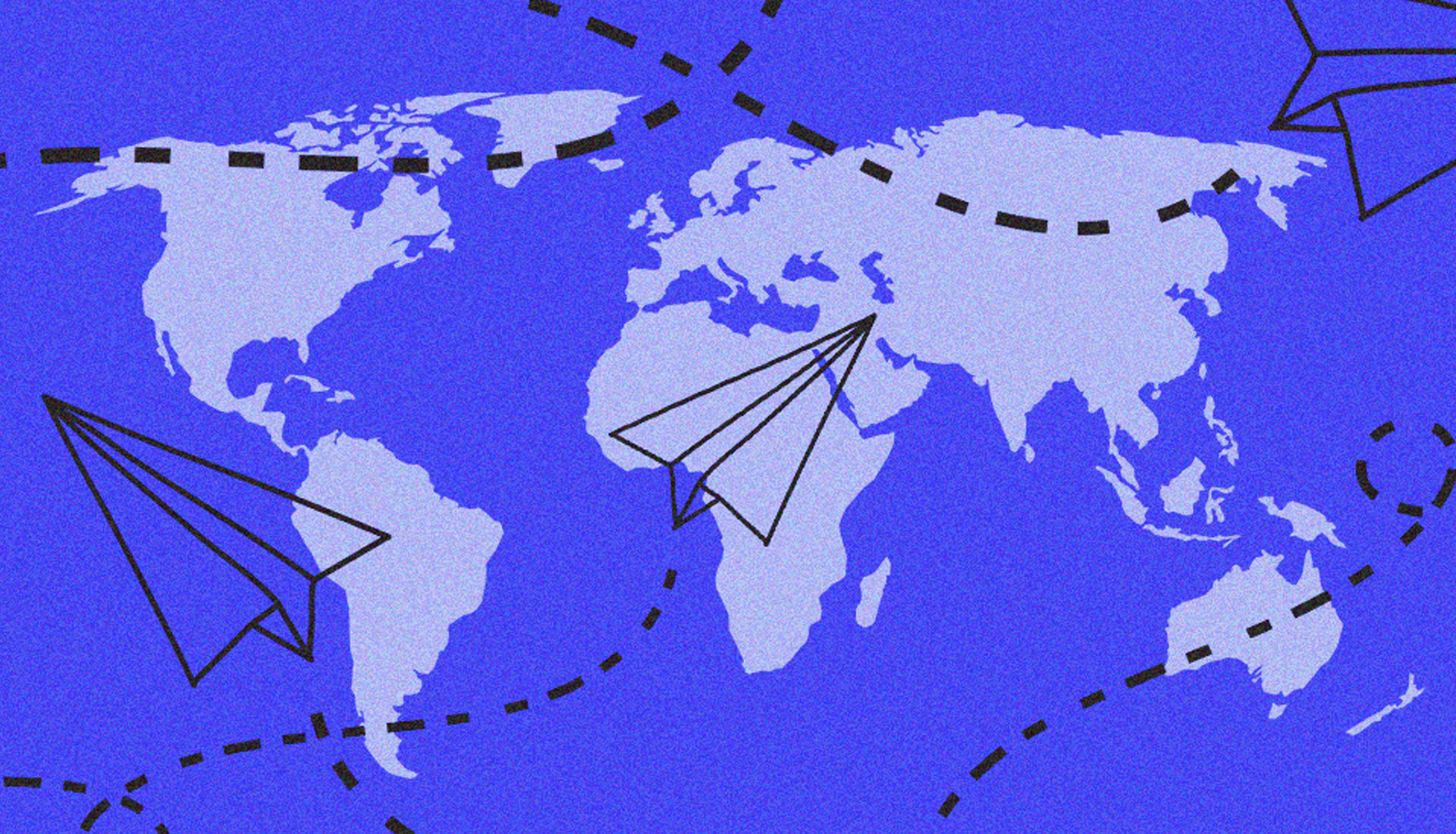You’ve heard about overtourism and the destinations that are suffering beneath the weight of their own popularity, but what about those struggling to attract visitors?
It’s 2019 and overtourism continues to be a real problem. So much so that Paris recently declared they would be banning tourist buses from the city centre, Venice wants to charge entry and Bruges is only allowing two cruise ships to harbour per day.
The fear that the rising popularity of these places is beginning to have a negative impact on local communities has prompted a new movement, one that might just alleviate some of the strains of overtourism.
Think about it. Our planet has a surface area of over 500 million km² and for some reason we only travel to a very small part of it.
While some corners of the world are of course more than happy to stay under the radar, there are many destinations that have actively started trying to put themselves on the map.
That’s where undertourism comes in; an increasingly common marketing technique being used by less frequented locations to attract tourists that want to avoid the crowds.
Take Norway for example. In 2017, its capital launched a campaign focusing on ‘rescuing tourists from popular cities like Paris and bringing them to Oslo where museums generally lack crowds, restaurant reservations are easy to get, and public parks have plenty of free space,’ (Skift). Even Colombia got on board, transforming Medellin from what was once the world’s most dangerous city into a cosmopolitan and highly cultural destination.


Forget spending hours queuing for a viewpoint because hundreds of people are up there taking selfies, there are plenty of places with the same appeal that won’t have you wasting precious holiday time just to see them.
Many destinations are now committed to spreading tourism beyond congested areas, to places genuinely in need of tourism spending, but does this only marginally shift the problem elsewhere rather than solve it?
That’s what CEO of Responsible Travel Justin Francis thinks. ‘Places marketing themselves as ‘undertouristed’ will be the overtourism disaster zones of the future unless they adopt more responsible approaches to tourism planning,’ he warns.




















